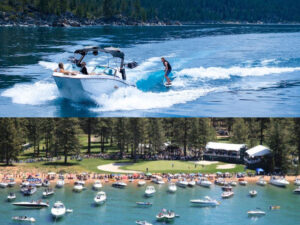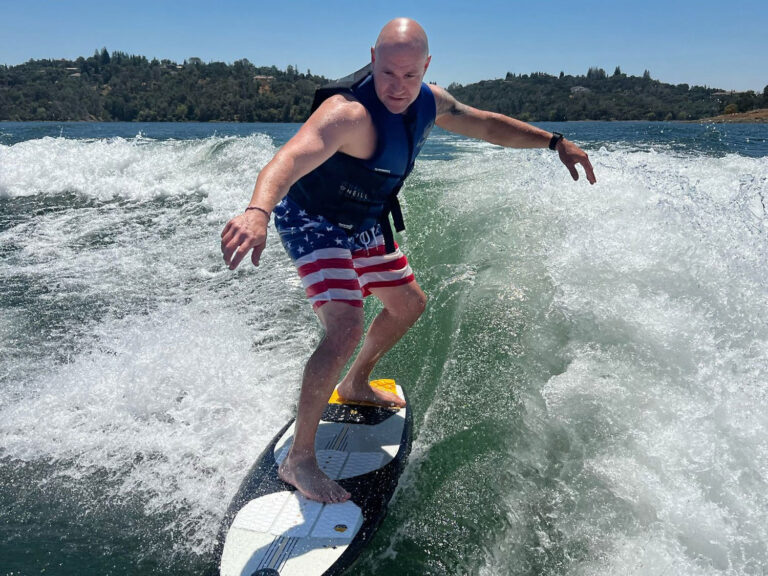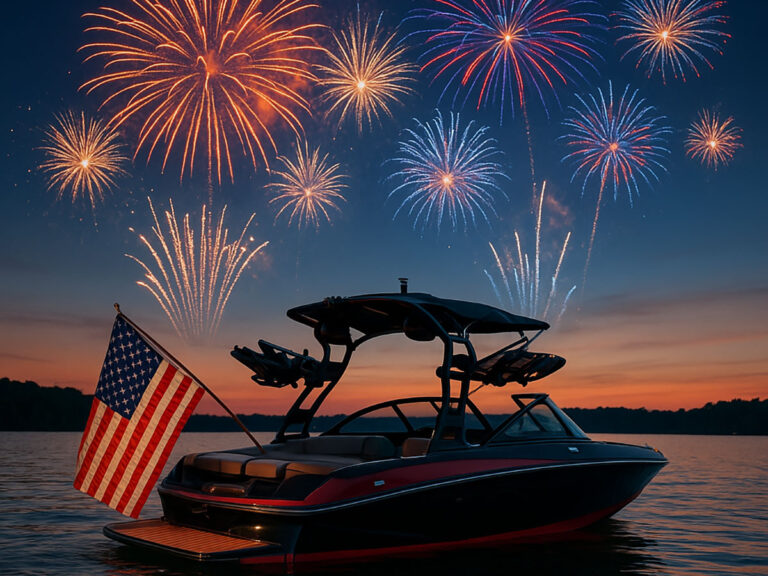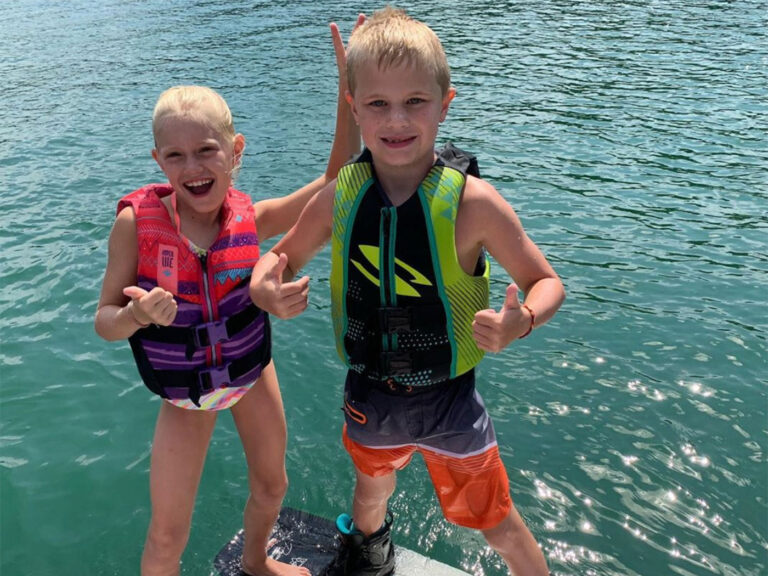
Waters choked with Eurasian milfoil or hydrilla can foul props and clog water intakes. Of course, the now-infamous quagga and zebra mussels can cause catastrophic physical and financial infrastructure damage. These pests spread by many means, including as hitchhikers on trailered boats. That’s why the process of clean, drain and dry should be practiced by all boaters. We spoke with Peter Murphy of Paul Smith’s College Adirondack Watershed Institute in Paul Smith’s, New York, about best practices for owners of trailered boats. This information will help you comply with decontamination requirements as you trailer to different lakes, helping prevent the spread of invasive species.
Clean
Remove all plants, mud, and wildlife from your boat and trailer after each trip. “Trailers are the number-one piece of contaminated equipment,” Murphy points out. Even the smallest scrap of milfoil or a single mussel can colonize a new body of water the next time you launch. Use a pressure washer on high for the exterior, and use a low-pressure setting on boat interiors.
For best results, use water heated to 120 degrees F. Most residential water heaters are set to 120 to 140 degrees F. You may be able to connect your pressure washer to a washing machine or slop-sink faucet. Use buckets of hot water otherwise. Be aware that many water pumps for livewells and ballast tanks are not rated for water over 120 degrees. Run your engine on the same 120-degree water for at least two minutes. If hot water is not available, a thorough cold-water rinse still helps, Murphy says.
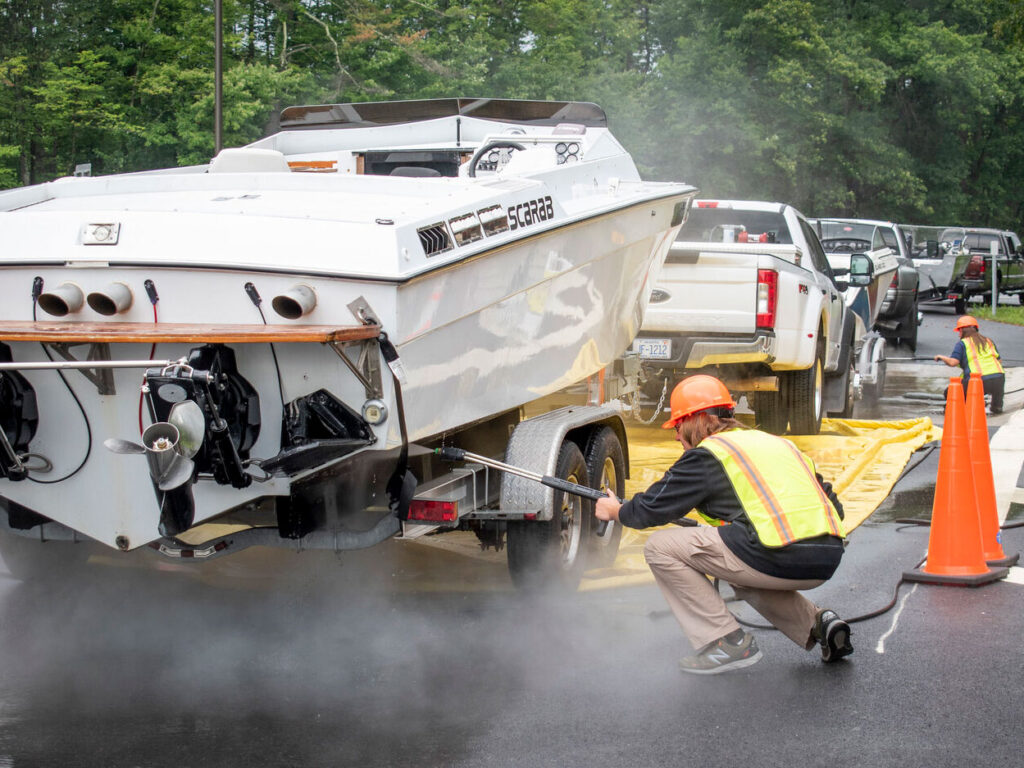
Drain
After cleaning, completely drain your boat’s bilge, ballast tanks, livewells and any other compartment that will hold water. Jack up the boat by the bow to ensure good drainage through the transom drain. Naturally, you might not be able to completely drain enclosed ballast tanks. I will get to that. Do not allow drainage from the boat or engine to flow back into a waterway.
Dry
Make sure your boat and all its compartments are bone-dry before relaunching. Completely towel-dry everything. If hot water was not available for cleaning, open the hatches and provide five days of air drying to help ensure the death of hitchhiking invasives.

Ballast Tanks
Watersports boats’ ballast tanks often do not completely drain. You can use a tool such as Fake-A-Lake to fill the ballast tanks with 120-degree water. But some ballast pumps might not be rated for water that hot. Identify the pumps’ make and model, and call the manufacturer, the boatbuilder, or your dealer. As stated, a thorough, repeated rinse with cold water, while not as effective as hot water, will still flush out many invasives.
Adding bleach through the vent to fill the ballast will kill any invasive life in your tanks. But when you drain those tanks, you will be putting bleach into the lake, which will kill organisms, native and invasive.
DeCon Certification
You will find wardens or inspectors stationed at many launch ramps. They might conduct a visual inspection, an interview regarding your clean-drain-dry protocol or both. You might be asked to pull the transom drain plug, energize a pump or open compartments before being permitted to launch. If water dispenses from any of these, you might be required to decontaminate your boat. Many conservation agencies require proof of decontamination. This comes in the form of a personal affidavit or by having the boat decontaminated by a locally approved provider. The Adirondack Watershed Institute offers free hot-water decontamination at multiple locations. Other places might charge a fee. Call ahead before you hit the road.
PWC
At inspection stations, you might be asked to start the engine momentarily on the trailer and to gun the engine. This is OK if done for just a few seconds. [Both Sea-Doo and Yamaha confirmed for us that this practice is acceptable. —Ed.] If water comes out, you might be referred for decontamination before being allowed to launch. I suggest you do this before you leave for the lake so no water comes out at the inspection station.
Read Next: More Wake Fun Means More Wake Responsibility

Outboards
During a launch inspection, a warden might ask you to tilt the engine or drive down. If any water comes out, you might be referred for decontamination before being allowed to launch. Again, before you arrive at the launch site, completely tilt the engine down to drain out all water. Also, if it rains en route to the ramp, stop, tilt the engine down to drain it, and then proceed the rest of the way. Doing so might save you the time of having to decontaminate.
Inboards/Sterndrives
Because an inspector can’t readily tell if there is residual water in the cooling circuit of an inboard or sterndrive, they will often rely on their interview, and a hull and trailer inspection, to determine whether to refer your boat for decontamination. If the last body of water you boated in was “high risk,” you likely might be required to have the boat decontaminated.

